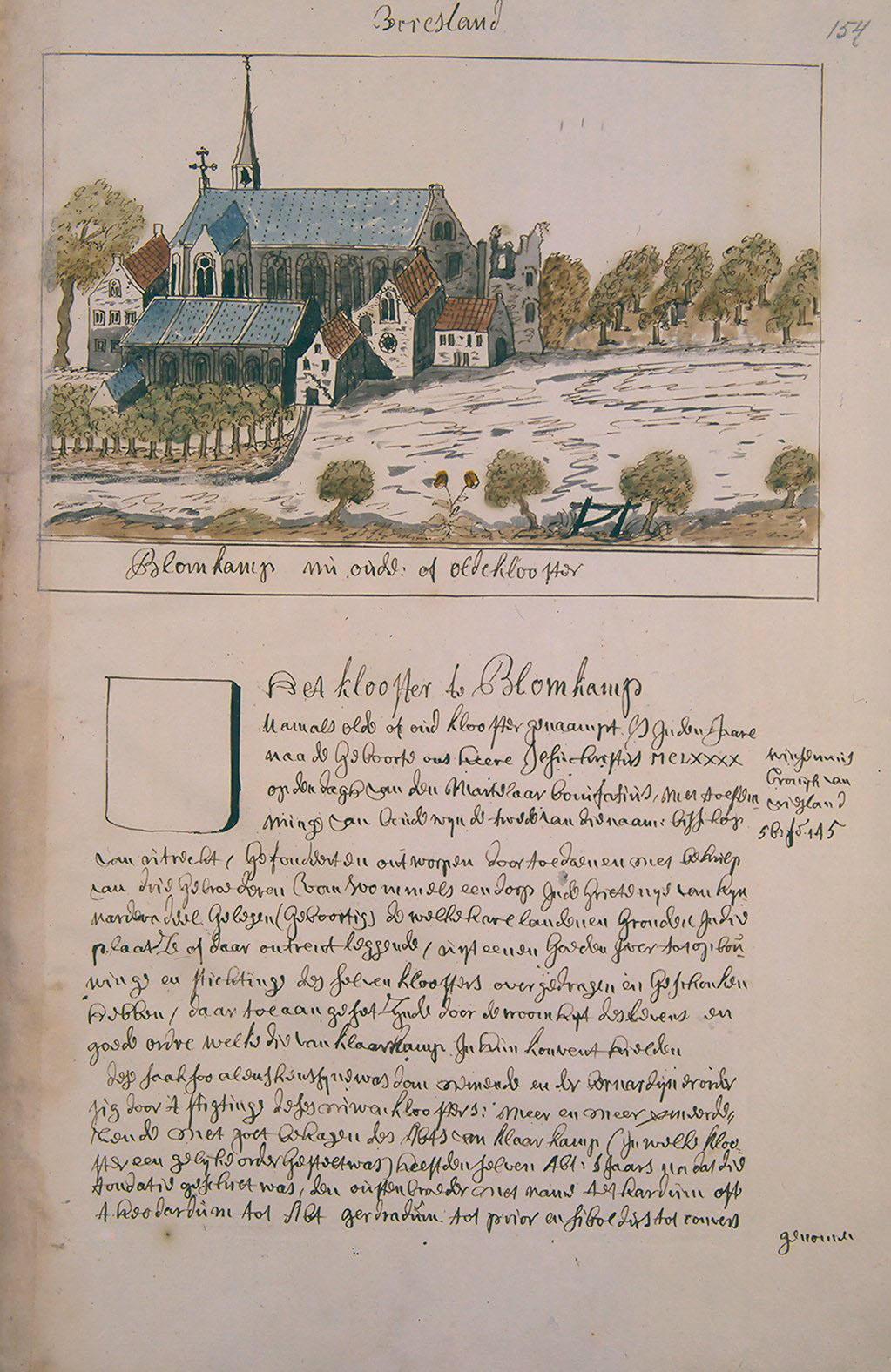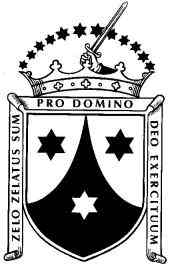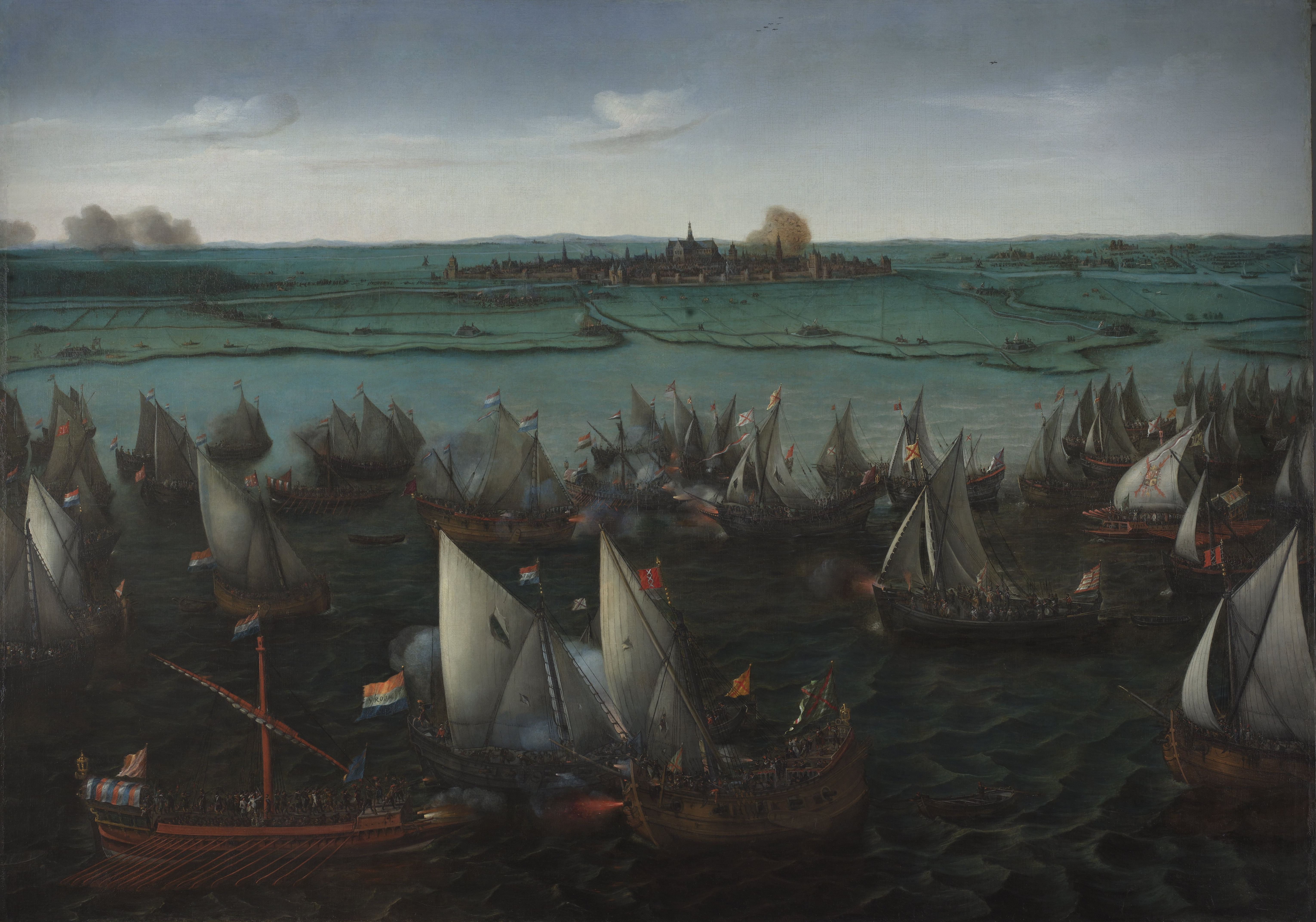|
Hartwerd
Hartwerd ( fry, Hartwert) is a small village, near Bolsward, in the municipality of Súdwest-Fryslân in the Province of Friesland in the Netherlands. It had around 125 residents in January 2017. A restored historic windmill, ''De Oegekloostermolen'', which was built before 1830 stands near the village. History Hartwerd was first mentioned in the 13th century as Hertwarth, and means "''terp'' of Harte". Up to 1322, the '' landdag'' of Westergo was held at Hartwerd. The Oegeklooster which was an outpost of Bloemkamp Abbey, stood in the vicinity of the village from 1191 to 1572. In the course of the Münster Rebellion, the monastery was attacked in 1535 by a group of Anabaptists, who badly damaged the buildings of the cloister. In 1572, the monastery was destroyed by the Geuzen. The church of Hartwerd was demolished in 1722. The tower was demolished in 1801, and only a little bell tower remained. The polder mill De Oegekloostermolen has been known to exist as early as 1830. It has ... [...More Info...] [...Related Items...] OR: [Wikipedia] [Google] [Baidu] |
De Oegekloostermolen, Hartwerd
De Oegekloostermolen is a hollow post mill in Hartwerd, Friesland, Netherlands which was built before 1830. The mill has been restored to working order. It is listed as a Rijksmonument, number 39347. (Click on "Technische gegevens" to view.) History ''De Oegekloostermolen'' was first marked on a map dated 1830. It was built to drain the Hartwerd-West polder. (Click on "Geschiedenis" to view.) A restoration was carried out in 1970 by millwright Westra of Franeker. In 1981, the mill was sold by the Knol brothers to De Hollandsche Molen. In 1986, Westra fitted a new roof and sails to the mill. A further restoration in 1985 put the mill back into full working order. The mill was working until 1989. On 17 May 1989 it was sold to Stichting De Fryske Mole ( en, Frisian Mills Foundation). The mill is kept in reserve should it be needed to drain the polder. Description ''De Oegekloostermolen'' is what the Dutch describe as an ''spinnenkop''. It is a hollow post mill on a single sto ... [...More Info...] [...Related Items...] OR: [Wikipedia] [Google] [Baidu] |
Titus Brandsma
Titus Brandsma, OCarm (born ''Anno Sjoerd Brandsma''; 23 February 1881 – 26 July 1942) was a Dutch Carmelite friar, Catholic priest and professor of philosophy. Brandsma was vehemently opposed to Nazi ideology and spoke out against it many times before the Second World War. He was imprisoned at the Dachau concentration camp, where he was murdered. He was beatified by the Catholic Church in November 1985 a martyr of the faith and canonized as a saint on 15 May 2022 by Pope Francis. Early life Brandsma was born Anno Sjoerd Brandsma to Titus Brandsma (died 1920) and his wife Tjitsje Postma (died 1933) at Oegeklooster, near Hartwerd, in the Province of Friesland in 1881. His parents, who ran a small dairy farm, were devout and committed Catholics, a minority in a predominantly Calvinist region. With the exception of one daughter, all of their children (three daughters and two sons) entered religious orders. From the age of 11, Brandsma pursued his secondary studies in the town o ... [...More Info...] [...Related Items...] OR: [Wikipedia] [Google] [Baidu] |
Súdwest-Fryslân
Southwest Friesland ( fy, Súdwest-Fryslân ) is a municipality in the Northern Netherlands, located in the province of Friesland. It had a population of 84,092 in August 2017. Sneek is the municipal seat. With a total area of 841.56 km2, Súdwest-Fryslân is the largest municipality by area in the Netherlands. History Súdwest-Fryslân was formed in 2011 from the old municipalities of Bolsward, Nijefurd, Sneek, Wûnseradiel and Wymbritseradiel. In 2014 it was enlarged by parts of the former municipality of Boarnsterhim. On 1 January 2018 it was enlarged by parts of former municipality of Littenseradiel. Geography The municipality is formed by several settlements, divided into towns and villages. Towns The towns located in Súdwest-Fryslân are Bolsward, Hindeloopen, IJlst, Sneek, Stavoren and Workum. Villages The villages located in Súdwest-Fryslân are Abbegea, Allingawier, Arum, Blauwhuis, Bozum, Breezanddijk, Britswerd, Burgwerd, Cornwerd, Dedgum, Easterein, Eden ... [...More Info...] [...Related Items...] OR: [Wikipedia] [Google] [Baidu] |
Wûnseradiel
Wûnseradiel () is a former municipality in the Friesland province of the northern Netherlands, at the eastern end of the ''Afsluitdijk''. The official (legal) name of the municipality is in the West Frisian language, though it is known as Wonseradeel () in Dutch. In 2011 it was merged with the municipalities of Bolsward, Nijefurd, Sneek and Wymbritseradiel forming the new municipality Súdwest-Fryslân.http://www.fusiesudwestfryslan.nl/ (dutch website from the municipality, stating: "Bolsward, Nijefurd, Sneek, Wûnseradiel and Wymbritseradiel are merged since 1 January 2011".) Towns and villages Allingawier, Arum, Burgwerd, Cornwerd, Dedgum, Exmorra, Ferwoude, Gaast, Hartwerd, Hichtum, Hieslum, Idsegahuizum, Kimswerd, Kornwerderzand, Lollum, Longerhouw, Makkum, Parrega, Piaam, Pingjum, Schettens, Schraard, Tjerkwerd, Witmarsum, Wons, Zurich. Hamlets Arkum, Atzeburen, Baarderburen, Baburen, Breezanddijk, De Blokken, Dijksterburen, Doniaburen, Eemswoude, Eng ... [...More Info...] [...Related Items...] OR: [Wikipedia] [Google] [Baidu] |
Bloemkamp Abbey
Bloemkamp Abbey ( nl, Abdij Bloemkamp, also ''Oldeklooster''; la, Floridus campus) is a former Cistercian abbey in the Netherlands, located in Hartwerd in the municipality of Wûnseradiel to the north-east of Bolsward, in the province of Friesland. History The abbey was founded in approximately 1190-1192 by the brothers Tethard, Herdrad and Sybold, and settled from Klaarkamp Abbey, of the filiation of Clairvaux. It was dedicated by Balduin of Holland, bishop of Utrecht. Tethard was the first abbot and Herdrad the first prior. The second abbot was Wighard. The abbey acquired rights of patronage over the church of Scharnegoutum, and newly reclaimed land on the Middelzee. In the conflict between the Schieringer and the Vetkooper, the abbey took the side of the Schieringer. In 1347, under the bellicose twelfth abbot, Meikulpus, the monks of Bloemkamp unsuccessfully attacked Pingjum Abbey. Renicus Camga, who became abbot in 1377, was also warlike, and maintained hostilities with ... [...More Info...] [...Related Items...] OR: [Wikipedia] [Google] [Baidu] |
Westergo
Westergoa was one of the seven sealands and one of the three that now lie within the borders of today's Dutch province of Friesland. Later it was one of the three goaen of Frisia. In the Middle Ages Westergoa most probably formed the political centre of the Frisian realm. Area On the eastern side Westergoa was bordered by the Middelsee, on the other side Eastergoa. On the south side it bordered with what originally was Bornegoa which was in the line with Terhernster Lake to the south of the coast, the eastern perimeter was with Doedingwerstal. All other borders were coastlines. 1200 Around 1200, Westergoa was divided into parts within the Westergoa area Franeker, Wildinge and Wymbrits, called the Fiefdielen (Five parts). Franeker and Wildinge have probably been the original Westergo. Wymbrits was added when begin 12th century when Sudergoa was no more. 1500 Around 1500 Het Bildt, was added to Westergoa but by the establishment of Sânwâlden, Gaasterland, Doni ... [...More Info...] [...Related Items...] OR: [Wikipedia] [Google] [Baidu] |
Radboud University Nijmegen
Radboud University (abbreviated as RU, nl, Radboud Universiteit , formerly ''Katholieke Universiteit Nijmegen'') is a public research university located in Nijmegen, the Netherlands. The university bears the name of Saint Radboud, a 9th century Dutch bishop who was known for his intellect and support of the underprivileged. Established in 1923, Radboud University has consistently been included in the top 150 of universities in the world by four major university ranking tables. As of 2020, it ranks 105th in the Shanghai Academic Ranking of World Universities. Internationally, RU is known for its strong research output. In 2020, 391 PhD degrees were awarded, and 8.396 scientific articles were published. To bolster the international exchange of academic knowledge, Radboud University joined the Guild of European Research-Intensive Universities in 2016. Among its alumni Radboud University counts 12 Spinoza Prize laureates and 1 Nobel Prize laureate, Sir Konstantin Novoselov, the disco ... [...More Info...] [...Related Items...] OR: [Wikipedia] [Google] [Baidu] |
Carmelite Order
, image = , caption = Coat of arms of the Carmelites , abbreviation = OCarm , formation = Late 12th century , founder = Early hermits of Mount Carmel , founding_location = Mount Carmel , type = Mendicant order of pontifical right , status = Institute of Consecrated Life , membership = 1,979 (1,294 priests) as of 2017 , leader_title = Motto , leader_name = la, Zelo zelatus sum pro Domino Deo exercituumEnglish: ''With zeal have I been zealous for the Lord God of hosts'' , leader_title2 = General Headquarters , leader_name2 = Curia Generalizia dei CarmelitaniVia Giovanni Lanza, 138, 00184 Roma, Italia , leader_title3 = Prior General , leader_name3 = Mícéal O'Neill, OCarm , leader_title4 = Patron saints , leader_name4 = Our Lady of Mt. Carmel, Elijah , parent_organization = Catholic Church , website = ... [...More Info...] [...Related Items...] OR: [Wikipedia] [Google] [Baidu] |
Beatification
Beatification (from Latin ''beatus'', "blessed" and ''facere'', "to make”) is a recognition accorded by the Catholic Church of a deceased person's entrance into Heaven and capacity to intercede on behalf of individuals who pray in their name. ''Beati'' is the plural form, referring to those who have undergone the process of beatification; they possess the title of "Blessed" (abbreviation "Bl.") before their names and are often referred to in English as "a Blessed" or, plurally, "Blesseds". History Local bishops had the power of beatifying until 1634, when Pope Urban VIII, in the apostolic constitution ''Cœlestis Jerusalem'' of 6 July, reserved the power of beatifying to the Holy See. Since the reforms of 1983, as a rule, one miracle must be confirmed to have taken place through the intercession of the person to be beatified. Miracles are almost always unexplainable medical healings, and are scientifically investigated by commissions comprising physicians and theologia ... [...More Info...] [...Related Items...] OR: [Wikipedia] [Google] [Baidu] |
Geuzen
Geuzen (; ; french: Les Gueux) was a name assumed by the confederacy of Calvinist Dutch nobles, who from 1566 opposed Spanish rule in the Netherlands. The most successful group of them operated at sea, and so were called Watergeuzen (; ; french: links=no, Gueux de mer). In the Eighty Years' War, the Capture of Brielle by the Watergeuzen in 1572 provided the first foothold on land for the rebels, who would conquer the northern Netherlands and establish an independent Dutch Republic. They can be considered either as privateers or pirates, depending on the circumstances or motivations. Origin of the name The leaders of the nobles who signed a solemn league known as the Compromise of Nobles, by which they bound themselves to assist in defending the rights and liberties of the Netherlands against the civil and religious despotism of Philip II of Spain, were Louis of Nassau and Hendrick van Brederode. On 5 April 1566, permission was obtained for the confederates to present a petition ... [...More Info...] [...Related Items...] OR: [Wikipedia] [Google] [Baidu] |
Anabaptists
Anabaptism (from New Latin language, Neo-Latin , from the Greek language, Greek : 're-' and 'baptism', german: Täufer, earlier also )Since the middle of the 20th century, the German-speaking world no longer uses the term (translation: "Re-baptizers"), considering it biased. The term (translation: "Baptizers") is now used, which is considered more impartial. From the perspective of their persecutors, the "Baptizers" baptized for the second time those "who as infants had already been baptized". The denigrative term Anabaptist, given to them by others, signifies rebaptizing and is considered a polemical term, so it has been dropped from use in modern German. However, in the English-speaking world, it is still used to distinguish the Baptizers more clearly from the Baptists, a Protestant sect that developed later in England. Compare their self-designation as "Brethren in Christ" or "Church of God": . is a Protestantism, Protestant List of Christian movements, Christian movement ... [...More Info...] [...Related Items...] OR: [Wikipedia] [Google] [Baidu] |
Münster Rebellion
Münster (; nds, Mönster) is an independent city (''Kreisfreie Stadt'') in North Rhine-Westphalia, Germany. It is in the northern part of the state and is considered to be the cultural centre of the Westphalia region. It is also a state district capital. Münster was the location of the Anabaptist rebellion during the Protestant Reformation and the site of the signing of the Treaty of Westphalia ending the Thirty Years' War in 1648. Today it is known as the bicycle capital of Germany. Münster gained the status of a ''Großstadt'' (major city) with more than 100,000 inhabitants in 1915. , there are 300,000 people living in the city, with about 61,500 students, only some of whom are recorded in the official population statistics as having their primary residence in Münster. Münster is a part of the international Euregio region with more than 1,000,000 inhabitants (Enschede, Hengelo, Gronau, Osnabrück). History Early history In 793, Charlemagne sent out Ludger as a missi ... [...More Info...] [...Related Items...] OR: [Wikipedia] [Google] [Baidu] |








